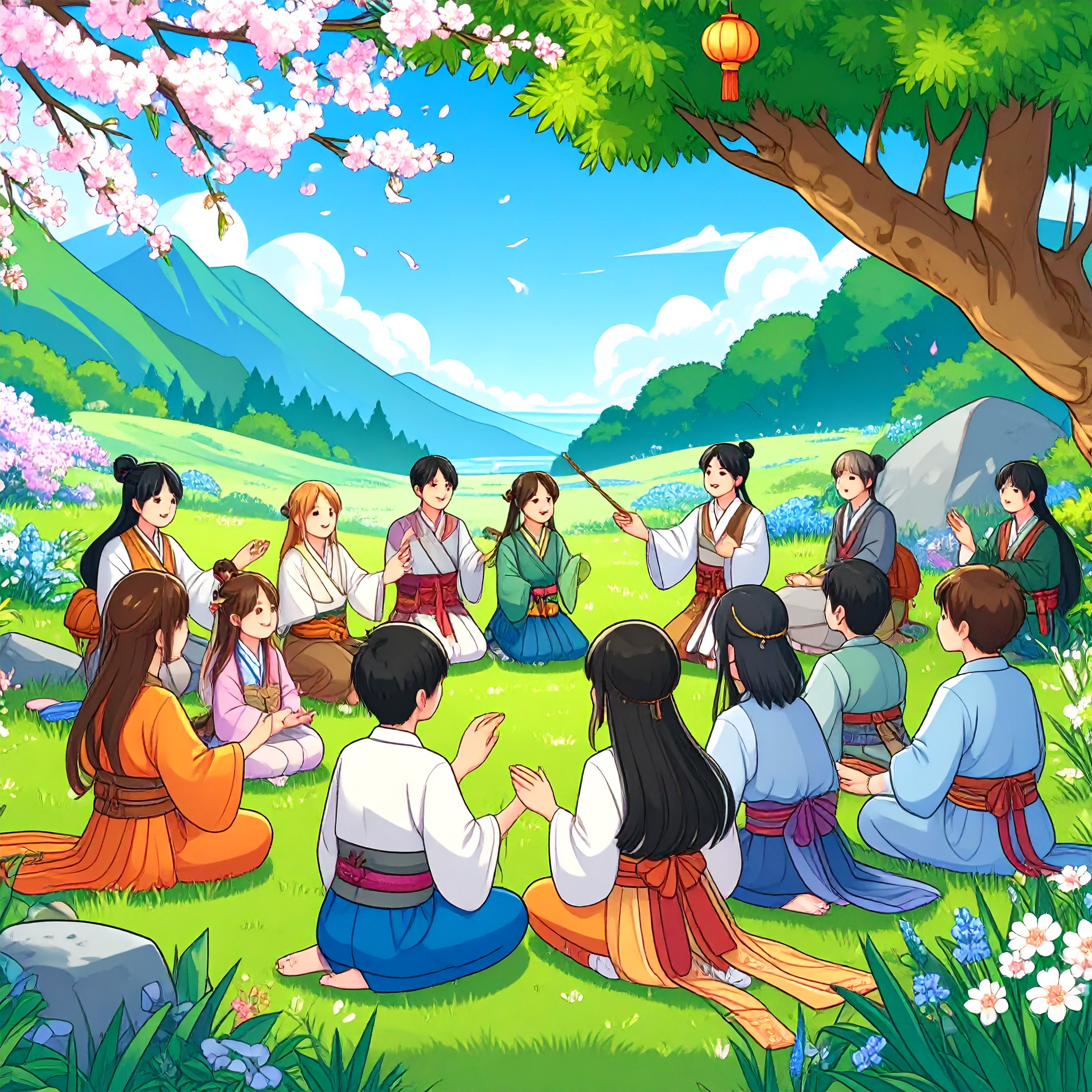Japanese culture embraces a unique worldview in which nature, deities, and human beings are inextricably connected. It reflects a deep respect for nature, a quiet reverence for the divine, and a sense that daily life exists in harmony with both. Rather than a mindset of domination or control, it is a gentle philosophy of coexistence—one that forms the spiritual foundation of Japanese life.
Beyond the torii gates of a Shinto shrine lies a sacred space—not defined by architecture alone, but by the presence of natural elements such as forests, mountains, and flowing water. Many shrines are nestled within wooded areas, reflecting the ancient belief that nature itself is divine. The idea that spirits dwell in great trees, stones, or waterfalls is a sensibility deeply rooted in every region of Japan.
This reverence for nature stems from Japan’s distinct climate and geography. With four clearly defined seasons and frequent natural disasters such as typhoons and earthquakes, the Japanese have come to see nature not as something to conquer, but as a force to live alongside. They give thanks for its blessings, and offer prayers in the face of its power. From this worldview, the philosophy of “coexistence” was born.
This spirit of coexistence also appears in Japanese religious practices. Rather than competing, traditions such as Shinto and Buddhism often exist side by side—even within the same temple grounds. During the New Year, people visit Shinto shrines; during Obon, they honor ancestors at Buddhist altars. These customs reflect a flexible, inclusive mindset that values embracing rather than choosing between beliefs.

The sense of treating humans, deities, and nature as equals is quietly rooted in everyday Japanese life. For example, the simple act of putting hands together and saying itadakimasu before a meal expresses not only gratitude to the person who prepared the food, but also respect for the life taken from nature. Seasonal festivals and annual customs similarly reflect a long history of living in tune with nature’s rhythms, honoring its changes through daily practices.
In architecture and garden design, beauty lies not in dominating nature, but in becoming one with it. Stones, trees, water, and light are placed not with excessive precision, but in harmony with their natural surroundings. The Japanese approach is not to reshape nature, but to situate themselves within its flow—a philosophy deeply reflected in the design of spaces.
This cultural foundation nurtures values of tolerance and reverence. To accept others, to coexist without denying differences—these ideals extend beyond the human relationship with nature to relationships between people as well. Living peacefully with those who hold different beliefs or backgrounds requires a mindset grounded in coexistence, a principle at the heart of Japanese culture.
Coexistence does not mean erasing differences. Rather, it means recognizing and respecting them while allowing each being to exist comfortably in its place. This balance is supported by the Japanese sensibility that gently connects nature, the divine, and humanity.
In today’s world, what may be needed is not more conflict, but a spirit of coexistence. The philosophy quietly passed down through Japanese culture offers timeless insights into how we might live with greater harmony and compassion.




